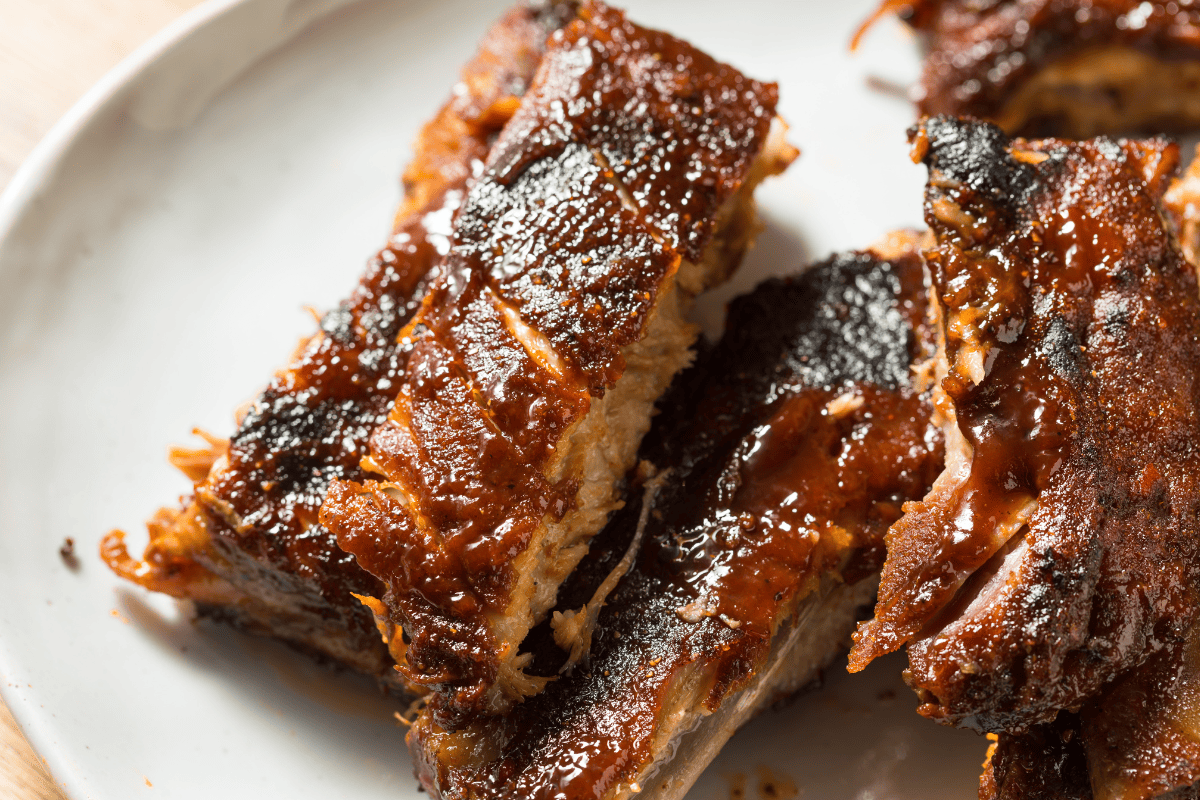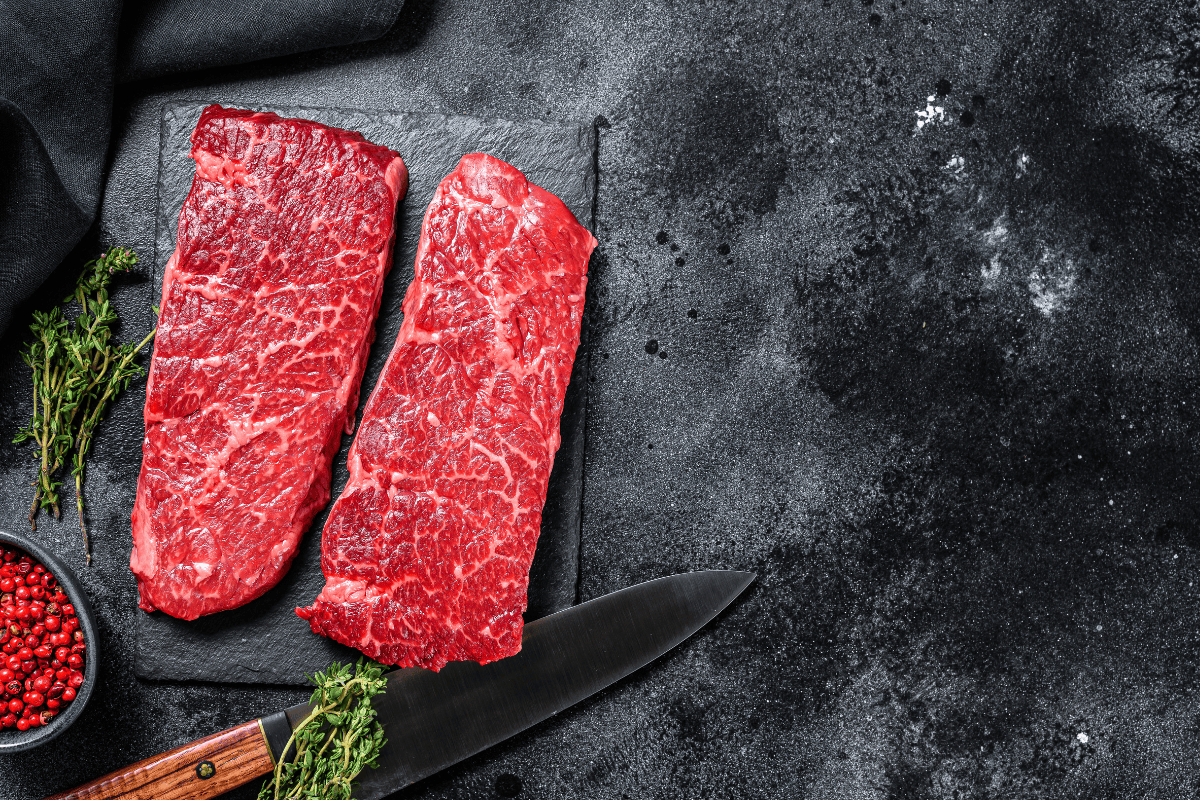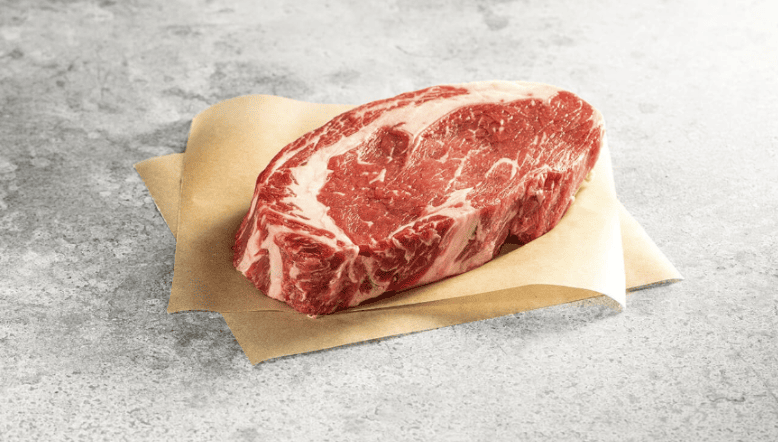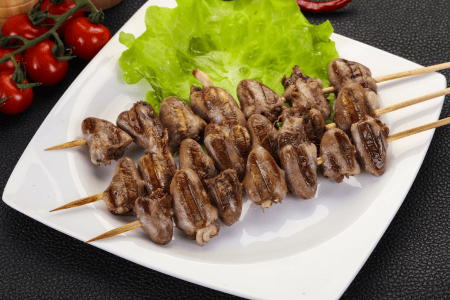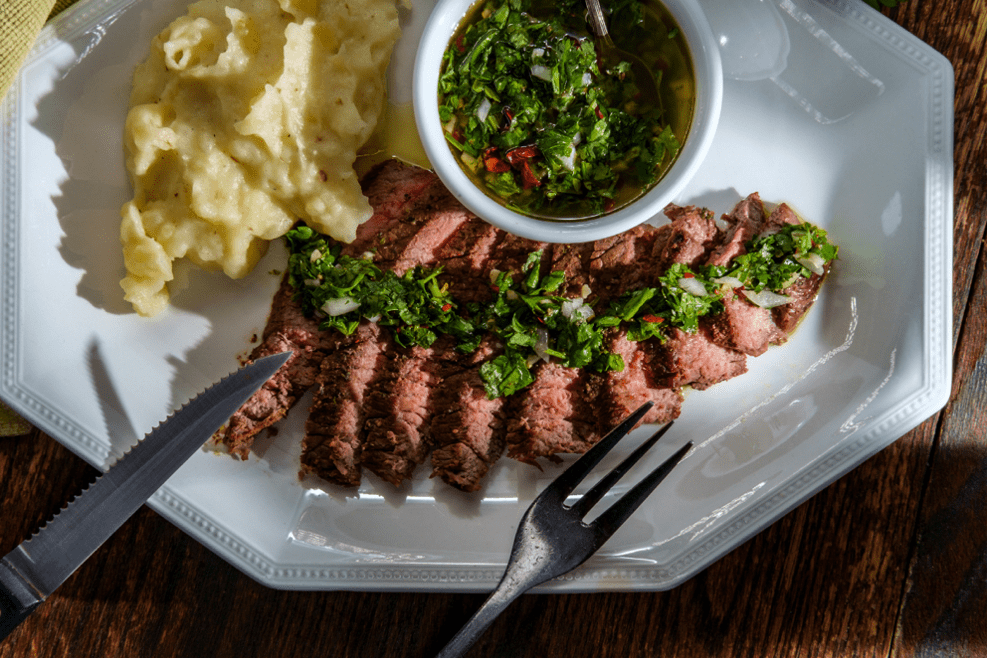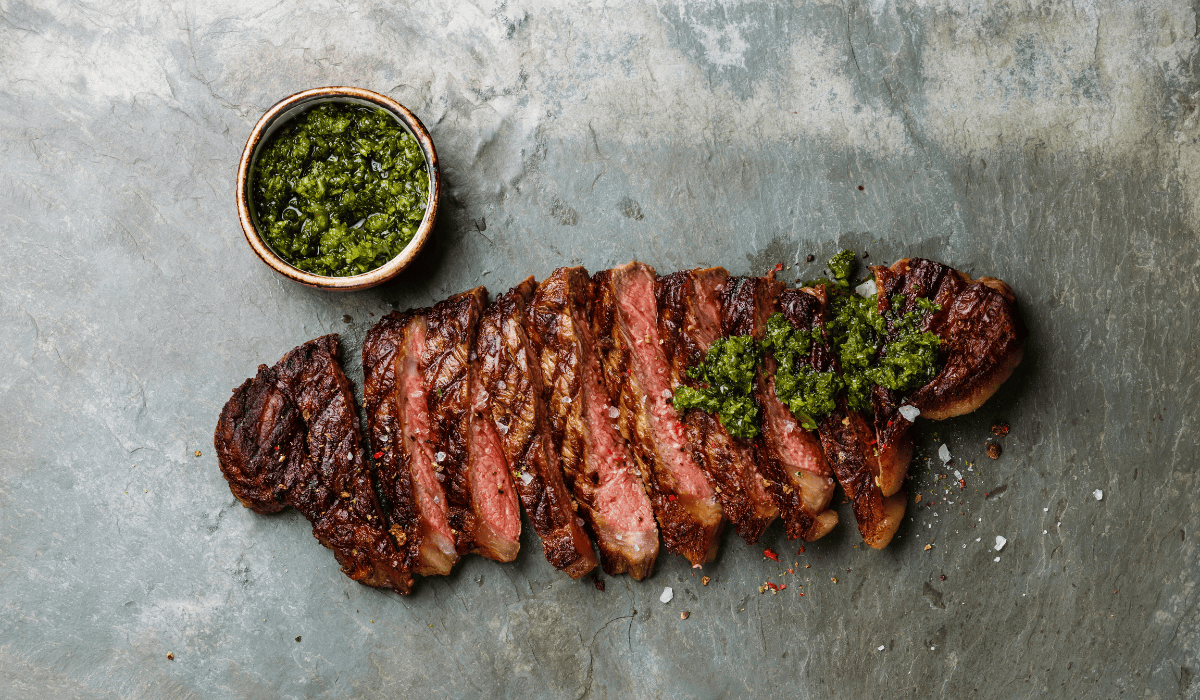When it comes to barbecue, few dishes evoke the mouthwatering allure quite like St. Louis Style ribs. Originating from the heart of the Midwest, these succulent ribs are a staple of American barbecue culture, renowned for their tender meat and robust flavor. With grilling season fast approaching, it’s time to revisit cuts like St Louis Style Ribs so you can be prepped for your next barbecue.
What, Exactly, Are “St. Louis Style” Ribs?
St. Louis Style ribs are a type of spare rib (cut from the lower ribs) that have been trimmed to a uniform rectangular shape. This trimming process removes the brisket bone, sternum bone, and rib tips, resulting in a rack of ribs that cooks evenly and presents beautifully on the plate. The trimmed ribs are typically meatier and more tender compared to other styles, making them a favorite among barbecue enthusiasts.
Baby Back vs St Louis Style Ribs
Baby back ribs are so called because they are cut from where the ribs meet the spine. Contrary to popular belief, baby back ribs do not come from a baby pig. The term “baby” is simply used to describe the fact that they are smaller in size compared to the lower cut ribs.
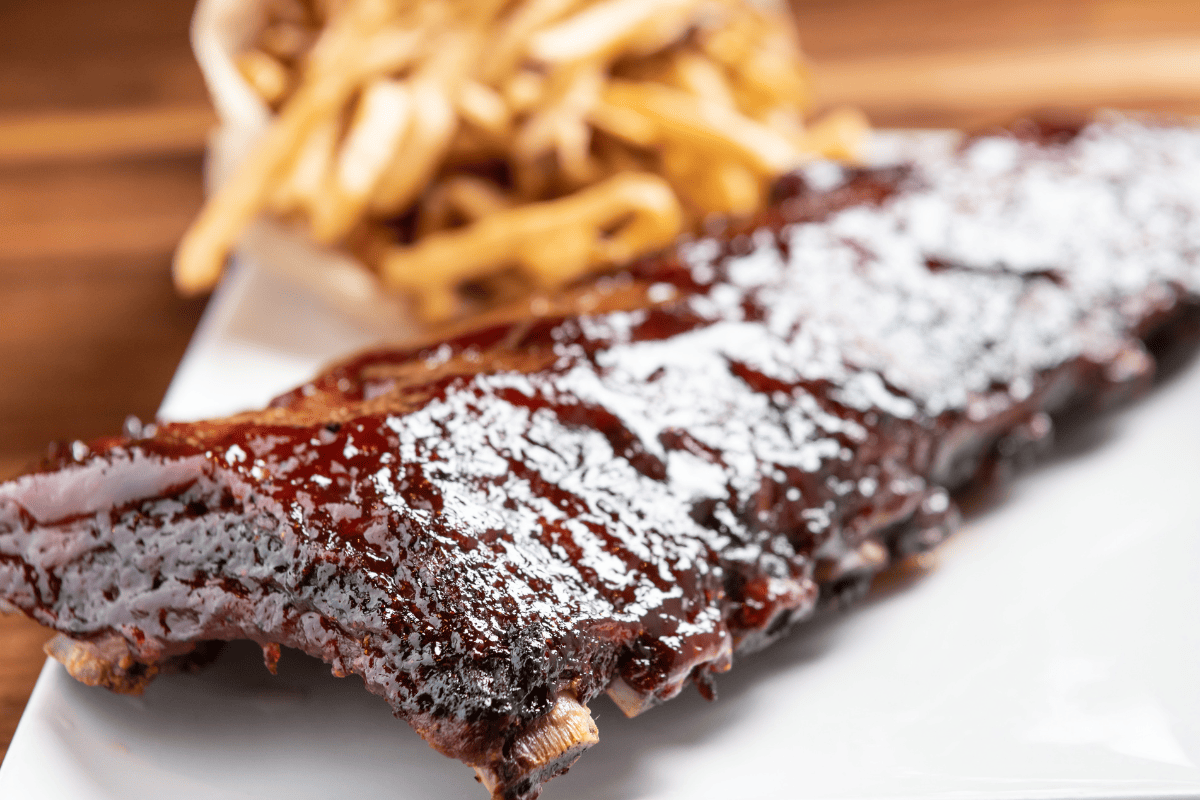
St Louis Style ribs are derived from the meatier portion of the belly side of the ribs. They are cut once the belly has been removed. They are less curved than baby back ribs, which makes them brown more evenly. They also have more fat than baby backs, making them more flavorful and tender when prepared right.
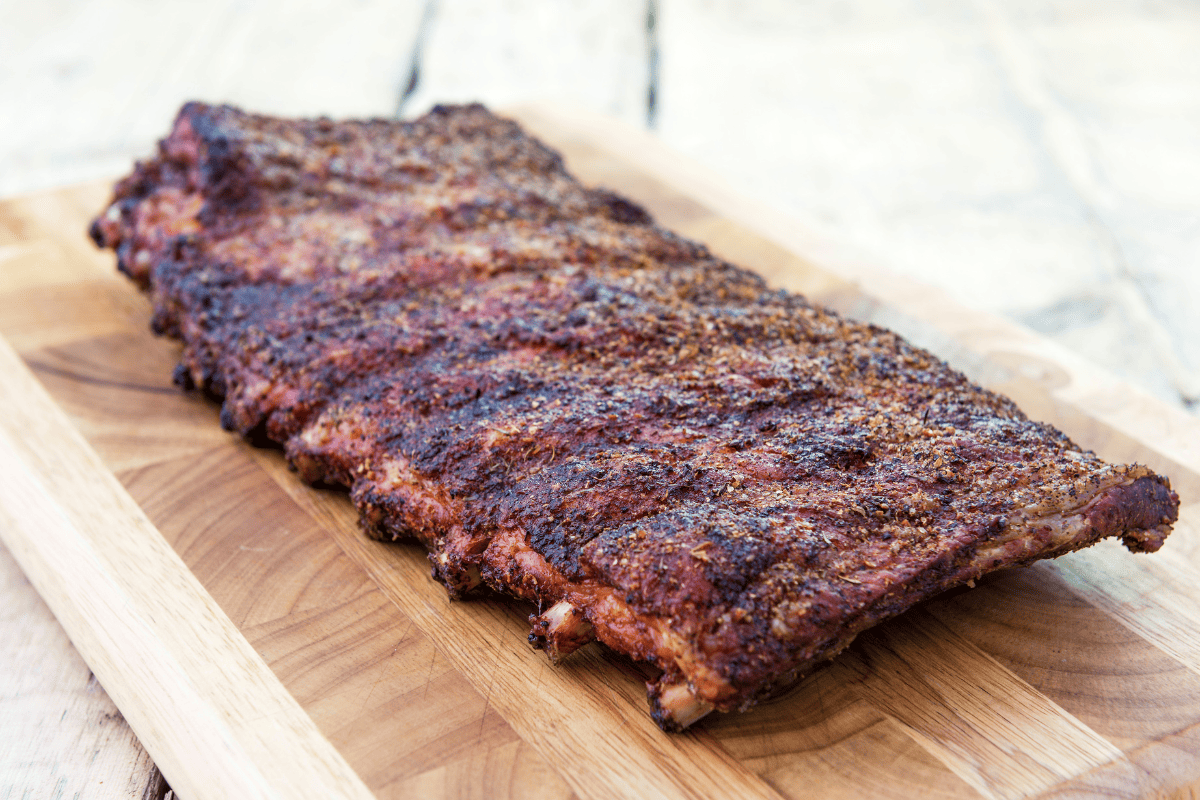
Are St Louis Style Ribs From St Louis?
In the US, meat has historically been prepared in establishments known as “packinghouses.” St. Louis was home to as many as 20 packinghouses in the years following WWII, so it makes sense that a specific cut might have been born within the city limits.
In a fairly ingenious marketing ploy, St. Louis butchers in the 1940s and 50s began to sell their spareribs with the collar removed. The collar is a piece of bone and gristle that is generally discarded anyway. The convenience of the pre-trimmed racks made them widely successful. They even sold for a little more, even though there was technically less meat.
Are St Louis Style Ribs Wet Or Dry?
St Louis Style Ribs are not defined by a dry or wet sauce. Again, the name is simply a reference to the cut, which is basically a spare rib that has been trimmed.
Nonetheless, one of the enduring debates in barbecue circles is whether St. Louis Style ribs are better with a dry rub or sauce. The truth is, it ultimately comes down to personal preference.
Advantages of a Dry Rub: a dry rub consists of a blend of spices, herbs, and seasonings rubbed onto the surface of the ribs before cooking. This method forms a flavorful crust on the ribs as they cook, adding depth and complexity to the meat. Common ingredients in a dry rub include brown sugar, paprika, garlic powder, onion powder, cayenne pepper, and black pepper. The dry rub enhances the natural flavor of the pork and allows the smokiness from the grill or smoker to shine through.
Benefits of Sauce: on the other hand, barbecue sauce provides a tangy, sweet, and sometimes spicy flavor to St. Louis Style ribs. Whether brushed on during cooking or served on the side for dipping, barbecue sauce adds a rich and glossy finish to the ribs. There are countless variations of barbecue sauce, ranging from vinegar-based to tomato-based, each with its own regional flair.
Ultimately, whether you prefer dry rub or sauce comes down to your taste buds. Some purists argue that the smoky flavor of the meat should be allowed to shine with just a dry rub, while others enjoy the saucy goodness of barbecue sauce. We personally like the sweet and smoky addition of a good barbecue sauce, which is why we are including it in today’s recipe.
What Is The Best Way To Cook St Louis Style Ribs?
Everyone has their go-to method for preparing ribs. Some people boil them before grilling. Some people bake them in the oven for hours. For St Louis ribs, we personally prefer the tag team system of low and slow in the oven, then seared over a hot grill to finish them off. It is much faster than a smoker but still results in the most delicious, fall-off-the-bone ribs you’ve ever had.
Unique Sides to Accompany St. Louis Style Ribs
No barbecue feast is complete without a selection of mouthwatering sides to accompany the main event. In addition to the classics, like baked beans, mac and cheese, coleslaw, and cornbread, consider these unique Brazilian sides to serve with your St Louis Style ribs:
- Gourmet Brazilian Pasta Salad (Macarronese): macaroni salad gets a gourmet twist with a flavorful dijon dressing, crumbly bacon, and fusilli noodles to soak in all the sauce.
- Brazilian Potato Salad (Maionese de Batata): simple, creamy, and delicious, this potato salad recipe includes shredded carrots for sweetness and crunch.
- Feijoada with Farofa: there’s a reason this is the national dish of Brazil. Black beans are slow simmered with pork and aromatics, then topped with a crunchy dusting of toasted cassava flour. They’ll give baked beans a run for their money any day.
- Pao de Queijo (Brazilian Cheese Bread): these bite sized morsels are crisp on the outside and gooey on the inside. What’s more, they are very easy to make. That is a good thing, because you will want to make a lot of them.
St Louis Style Ribs Recipe
Now, for the good part: an oven-to-grill St Louis Ribs recipe finished with a sweet and tangy homemade BBQ sauce.
Ingredients:
For the ribs
2 racks St. Louis Style pork ribs
1/4 cup brown sugar
2 tablespoons paprika
1 tbsp garlic powder
1/2 onion powder
1 tbsp smoked paprika
Freshly ground black pepper
1 tbsp salt
1 teaspoon cayenne pepper (adjust to taste)
For the sauce
1 cup ketchup
½ cup brown sugar
⅓ cup apple cider vinegar
⅓ cup molasses
1 tsp worcestershire sauce
2 tsp dijon mustard
1 tsp fenugreek powder
2 tsp garlic powder
Instructions:
Prepare the Ribs
If not already done, remove the membrane from the back of the ribs. This helps the seasonings penetrate better and makes the ribs more tender. Rinse the ribs under cold water and pat them dry with paper towels.
Prepare the Dry Rub
In a small bowl, mix together the brown sugar, paprika, garlic powder, onion powder, smoked paprika, black pepper, salt, and cayenne pepper until well combined. This will be your dry rub.
Season the Ribs
Rub the dry rub generously over both sides of the ribs, pressing it into the meat to adhere. Wrap the seasoned ribs tightly in plastic wrap and refrigerate for at least 2 hours, or preferably overnight. This allows the flavors to penetrate the meat.
Preheat the Oven
Adjust the oven racks to the middle and bottom position. Preheat the oven to 350 degrees Fahrenheit. Retrieve your ribs from the fridge and remove the plastic wrap. Transfer them to a length of tin foil and wrap them in the foil completely. Place the ribs on two separate baking sheets.
Cook the Ribs in the Oven
Roast the ribs in the oven for 2 hours, rotating them from top to bottom half way through.
Prepare BBQ Sauce
While the St Louis Style Ribs cook, make your barbecue sauce. Whisk together all ingredients in a medium saucepan and bring the mixture to a simmer. Reduce the heat to low and let it cook for twenty minutes or so to let it thicken a bit. When it is ready, cover it and put it in the fridge for later.
Grill the St Louis Style Ribs
When the ribs have cooked for two hours, preheat your grill to medium-high heat. Remove the ribs from the foil and brush them with a light layer of homemade sauce. Put the pot back on the oven to reheat the rest for later. Sear them on the grill for 3 minutes or so on each side.
Glaze with Barbecue Sauce
Brush your finished St Louis Style Ribs with a generous amount of your barbecue sauce, with more on the side, if desired.
Order St Louis Style Ribs
Did you know you can order premium St Louis Style Ribs to be delivered right to your door? Texas de Brazil’s online butcher shop features a la carte and package options to suit every taste and cooking style. Check out our other offerings as well: Australian rack of lamb, bone-in filet mignon, and, of course, our world-famous picanha.

